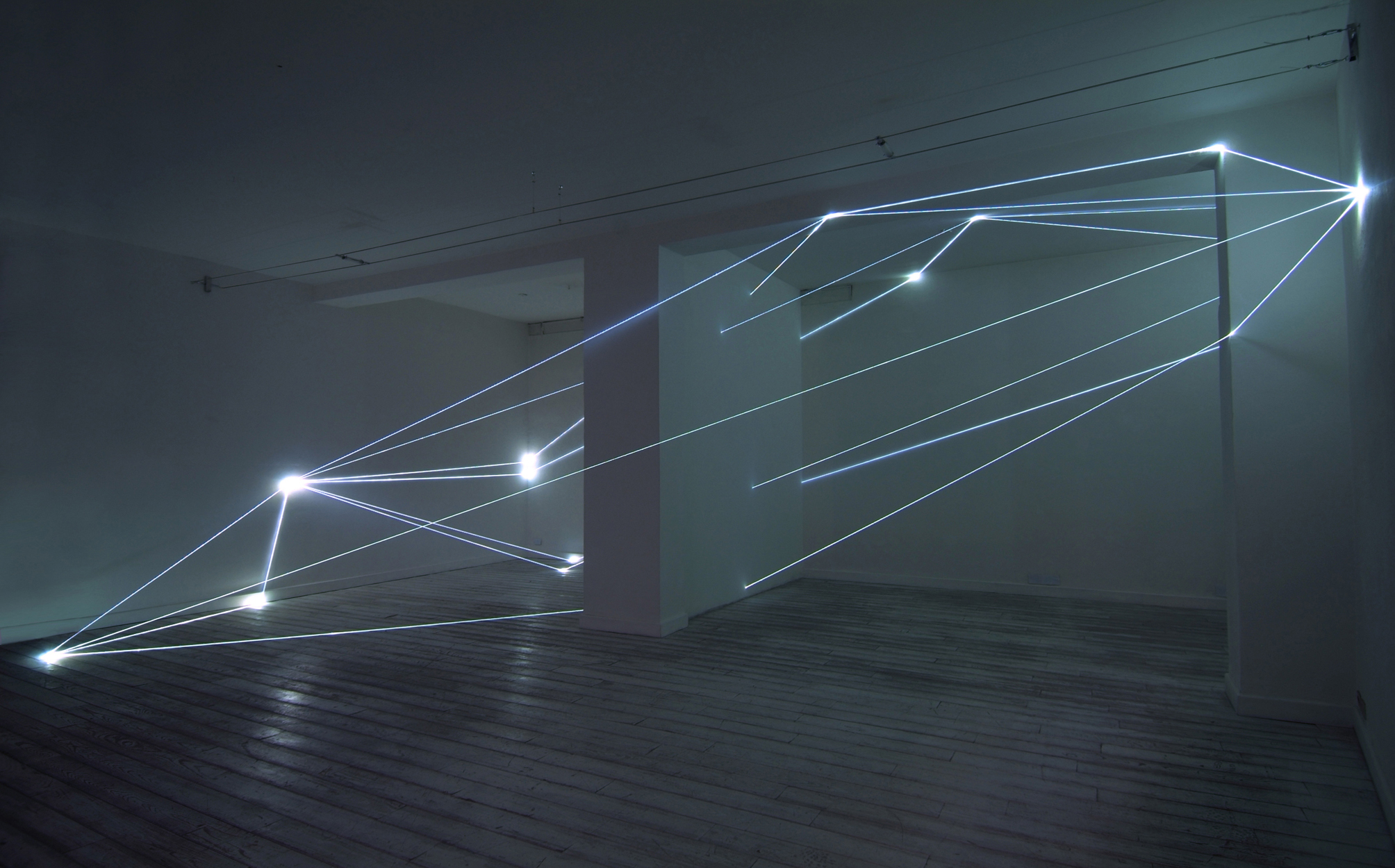

People who need glasses to see often have corrective lens restrictions on their driver's licenses that require them to wear their glasses every time they drive or risk fines or jail time. For the total correction of the individual's sight, glasses complying to a recent ophthalmic prescription are required. Reading glasses are available without prescription from drugstores, and offer a cheap, practical solution, though these have a pair of simple lenses of equal power, and so will not correct refraction problems like astigmatism or refractive or prismatic variations between the left and right eye. Reading glasses provide a separate set of glasses for focusing on close by objects. Lenses can also be manufactured with high refractive indices, which allow them to be more lightweight and thinner than their counterparts with "low" refractive indices. For people with presbyopia and hyperopia, bifocal and trifocal glasses provide two or three different refractive indices, respectively, and progressive lenses have a continuous gradient. The most common type of corrective lens is "single vision", which has a uniform refractive index.

Not only do they enhance the wearer's visual experience, but can also reduce problems that result from eye strain, such as headaches or squinting. Corrective eyeglasses can significantly improve the life quality of the wearer. A lensmeter can be used to verify the specifications of an existing pair of glasses. They are made to conform to the prescription of an ophthalmologist or optometrist. more refracting) lens than the other.Ĭorrective lenses bring the image back into focus on the retina. Few people have a pair of eyes that show exactly equal refractive characteristics one eye may need a "stronger" (i.e. A common condition in people over forty years old is presbyopia, which is caused by the eye's crystalline lens losing elasticity, progressively reducing the ability of the lens to accommodate (i.e. The ability of one's eyes to accommodate their focus to near and distant focus alters over time. Even with glasses used for vision correction, a wide range of fashions are available, using plastic, metal, wire, and other materials for frames.Ī skyline seen through a corrective lens, showing the effect of refractionĬorrective lenses are used to correct refractive errors by bending the light entering the eye in order to alleviate the effects of conditions such as nearsightedness (myopia), farsightedness (hypermetropia) or astigmatism. Sometimes glasses are worn purely for fashion or aesthetic purposes. Specialized glasses may be used for viewing specific visual information, for example 3D glasses for 3D films ( stereoscopy). People with conditions that have photophobia as a primary symptom (like certain migraine disorders or Irlen syndrome) often wear sunglasses or precision tinted glasses, even indoors and at night. Most over-the-counter sunglasses do not have corrective power in the lenses however, special prescription sunglasses can be made. Typical sunglasses lenses are tinted for protection against bright light or polarized to remove glare photochromic glasses are blacked out or lightly tinted in dark or indoor conditions, but turn into sunglasses when they come in contact with ultraviolet light. Sunglasses allow for better vision in bright daylight, and may protect one's eyes against damage from excessive levels of ultraviolet light.

The loss of glasses would be detrimental to those working in these conditions. Wearers of glasses that are used only part of the time may have the glasses attached to a cord that goes around their neck, to prevent the loss of the glasses and breaking. Glasses wearers may use a strap to prevent the glasses from falling off. Glasses are worn for eye protection in some sports, such as squash. Some types of safety glasses are used to protect against visible and near-visible light or radiation. Safety glasses provide eye protection against flying debris for construction workers or lab technicians these glasses may have protection for the sides of the eyes as well as in the lenses. Glasses are typically used for vision correction, such as with reading glasses and glasses used for nearsightedness however, without the specialized lenses, they are sometimes used for cosmetic purposes. Glasses, also known as eyeglasses or spectacles, are vision eyewear, with lenses (clear or tinted) mounted in a frame that holds them in front of a person's eyes, typically utilizing a bridge over the nose and hinged arms (known as temples or temple pieces) that rest over the ears.


 0 kommentar(er)
0 kommentar(er)
